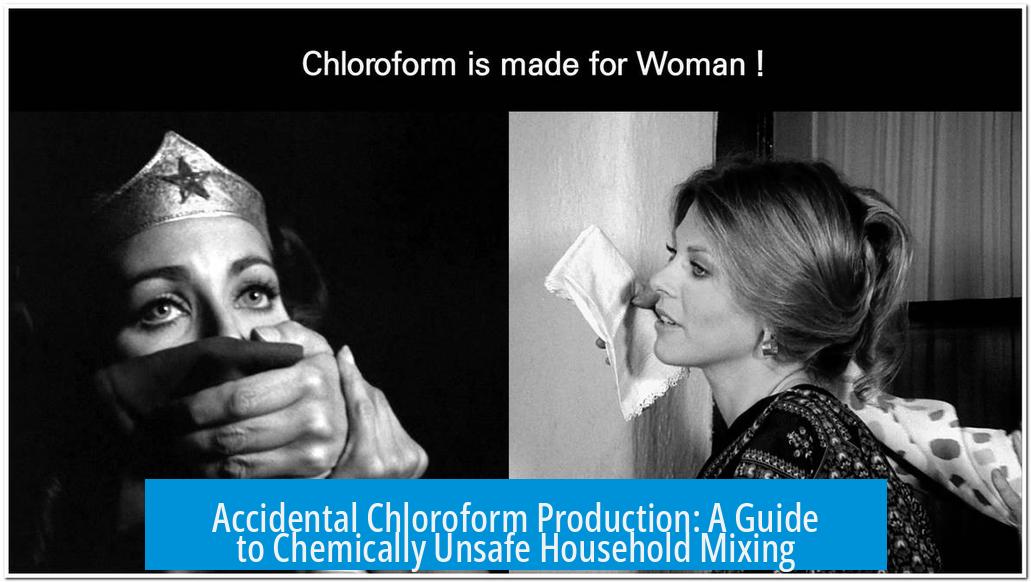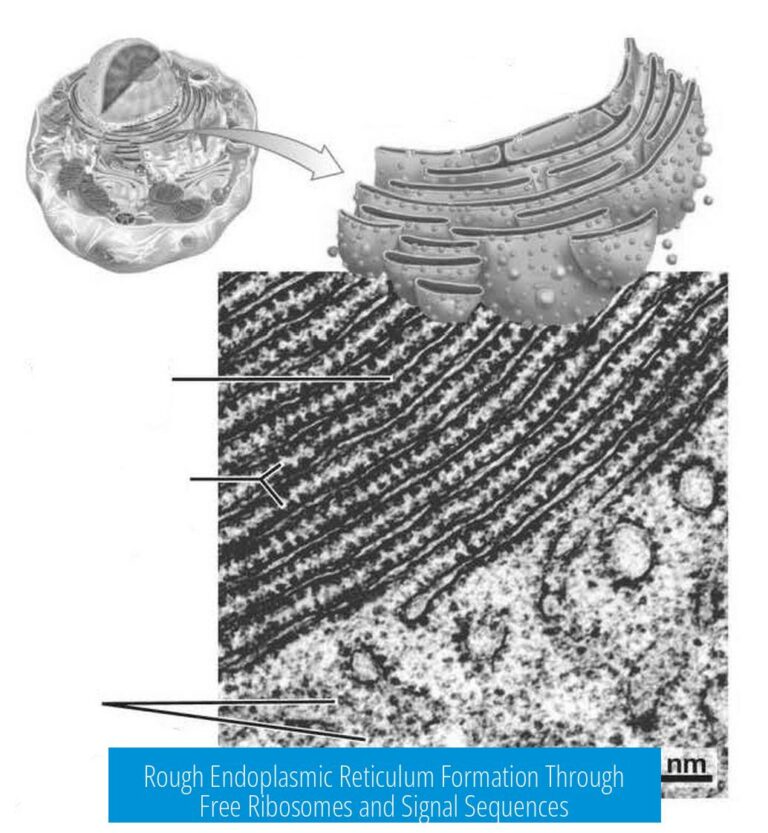Accidental Production of Chloroform: Clarifying the Chemistry
Accidentally making chloroform is unlikely unless specific chemicals, namely bleach and acetone, are combined under controlled conditions. Most household chemical mixtures involving bleach and other substances generate chlorine gas, not chloroform. Chlorine gas is more toxic and irritating than chloroform. Understanding these reactions is essential for safety and correct identification of what chemicals might have been formed.
Understanding the Chemicals Involved
What Is Chloroform?
Chloroform (chemical formula CHCl3) is a volatile organic compound historically used as an anesthetic. In modern times, it is produced industrially through controlled chemical reactions.
It typically forms when acetone reacts with sodium hypochlorite (a key component of bleach) under specific conditions:
- The bleach must be cooled to reduce reaction speed.
- Acetone is added slowly in small amounts.
- The mixture warms slightly with each addition.
- Chloroform separates as a distinct liquid layer, usually at the bottom.
This process requires careful timing and temperature control. Without these controls, other dangerous substances are more likely to form.
Why Is Bleach and Isopropanol Different?
Mixing bleach (sodium hypochlorite) with isopropanol (rubbing alcohol) does not produce chloroform. Instead, this reaction often releases chlorine gas, a highly toxic gas with a strong chlorine odor.
Chlorine gas (Cl2), sometimes called Cl2 gas, irritates mucous membranes and respiratory passages. Its effects are more immediate and dangerous compared to chloroform exposure.
Signs You Might Have Made Chlorine Gas, Not Chloroform
Several indicators point to the accidental creation of chlorine gas instead of chloroform:
- A sharp, pungent chlorine-like smell rather than the sweet, ether-like odor of chloroform.
- Immediate irritation in the eyes, nose, throat, and lungs.
- Skin reactions like cracking or blistering after exposure.
- Difficulty breathing or a feeling of chest heaviness.
If you detect chlorine smell during a chemical mixing at home, suspect chlorine gas. It is far more toxic than chloroform and requires immediate safety measures.
Chemical Reactions Explained
Reaction Producing Chloroform: Bleach and Acetone
| Chemical | Role | Reaction Condition | Product |
|---|---|---|---|
| Bleach (NaOCl) | Oxidizer and chlorine source | Cool temperature, slow acetone addition | Chloroform (CHCl3) |
| Acetone (CH3COCH3) | Substrate for chlorination | Mixed slowly under cooling | Chloroform layer forms |
Reaction Producing Chlorine Gas: Bleach and Alcohols (Not Acetone)
Bleach mixed with isopropanol or other household alcohols leads to multiple complex reactions producing chlorine derivatives and chlorine gas. This reaction is uncontrolled and unsafe.
Safety and First Aid After Potential Exposure
Immediate Steps to Take
- Wash the affected skin and face thoroughly with water for at least 15 minutes.
- Remove contaminated clothing carefully to prevent further contact.
- Avoid physical exertion to reduce respiratory strain for up to six hours post-exposure.
- If breathing difficulty, chest heaviness, blistering, or intense irritation develops, seek medical attention immediately.
Ventilation and Disposal
Proper ventilation helps disperse chlorine gas from indoor spaces. Open windows and use fans if possible. Dispose of chemical residues safely:
- Dilute contaminated liquids like bleach solutions with water before disposal.
- Carefully remove and discard contaminated cloths or wipes.
- Avoid mixing chemicals again to prevent hazardous gas formation.
Common Misconceptions Addressed
Mixing Household Chemicals
Bleach should never be mixed with other common household cleaners such as ammonia, vinegar, or alcohols. These combinations produce toxic gases including chlorine, chloramines, or in rare cases, compounds resembling mustard gas.
Chloroform Production at Home
Actual chloroform production requires precise chemical handling and control. Most accidental mixtures lead to toxic gases rather than chloroform. The distinct chemical layers and smell help distinguish chloroform formation, which is unlikely unintentionally.
Additional Safety Recommendations
- Use alcohol and dish soap alone for cleaning without bleach to avoid unwanted reactions.
- Store chemicals separately and read labels for chemical compatibility.
- Educate on the risks of mixing chemicals and always handle them with proper protective equipment.
Summary of Key Points
- Chloroform forms only from bleach and acetone under cooling and controlled addition.
- Mixing bleach with isopropanol or many household cleaners produces chlorine gas, not chloroform.
- Chlorine gas is more toxic and causes mucous membrane irritation, breathing difficulty, and skin damage.
- Immediate washing and ventilation reduce exposure risks; medical attention may be necessary.
- Avoid mixing household chemicals to prevent hazardous gas formation.





Leave a Comment